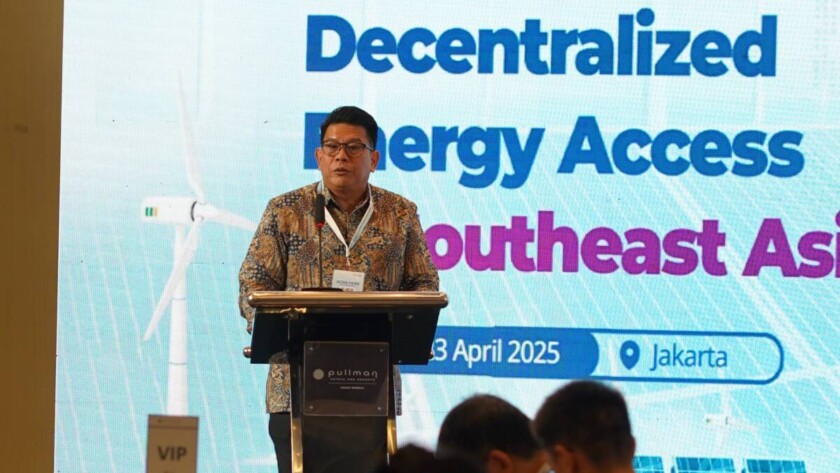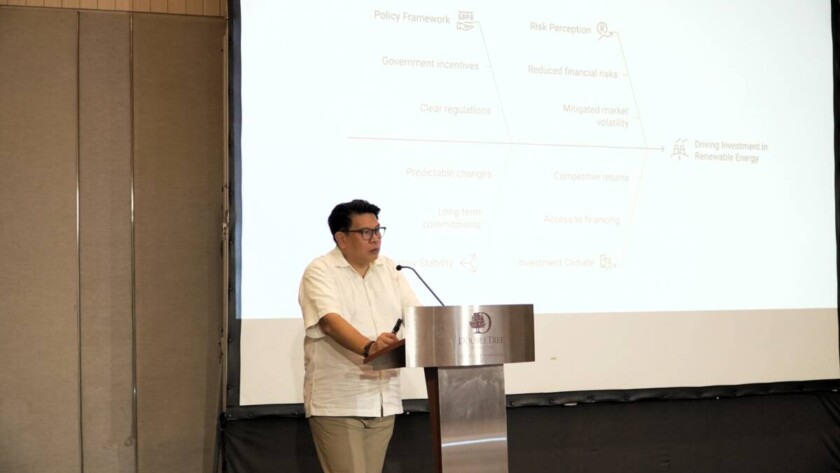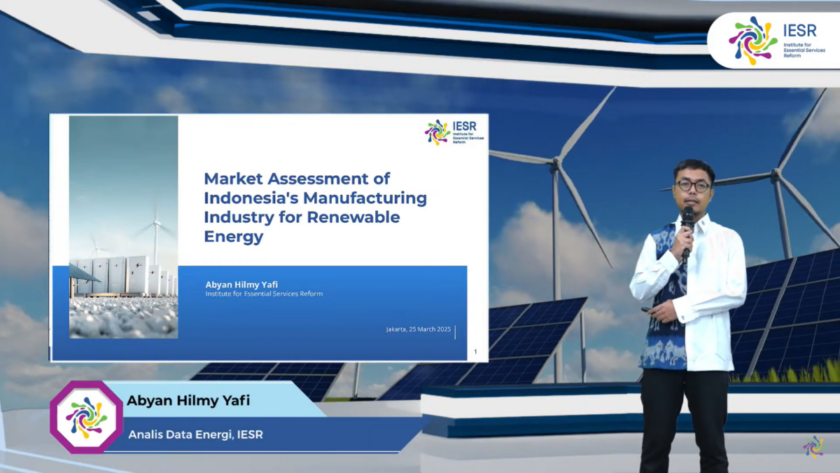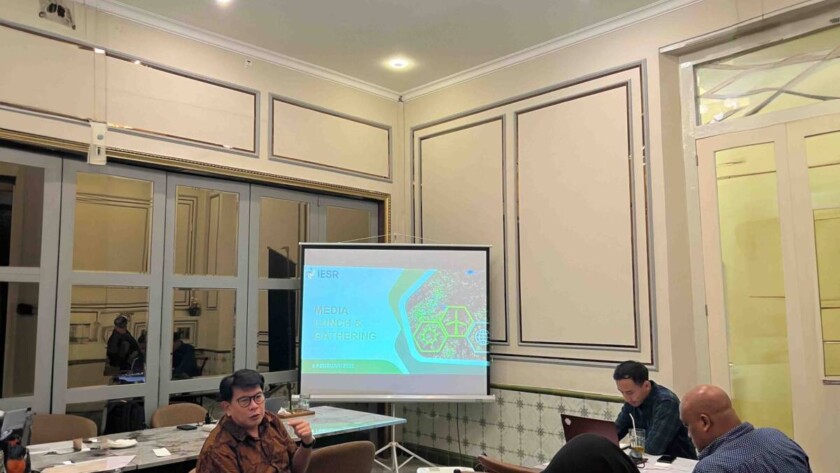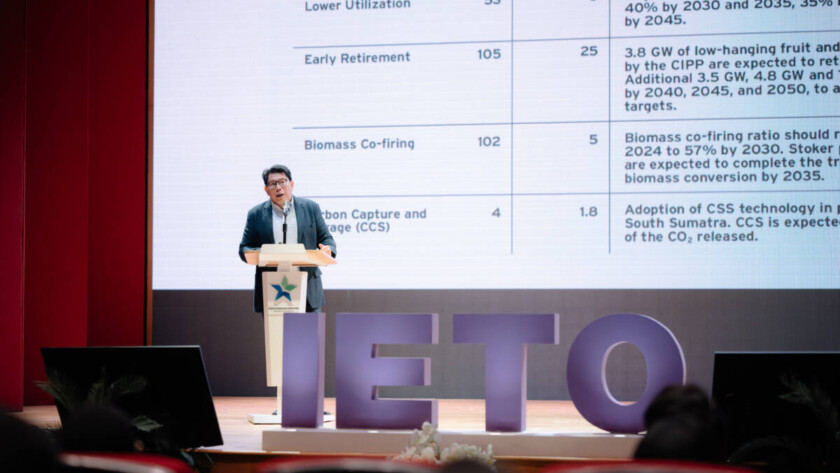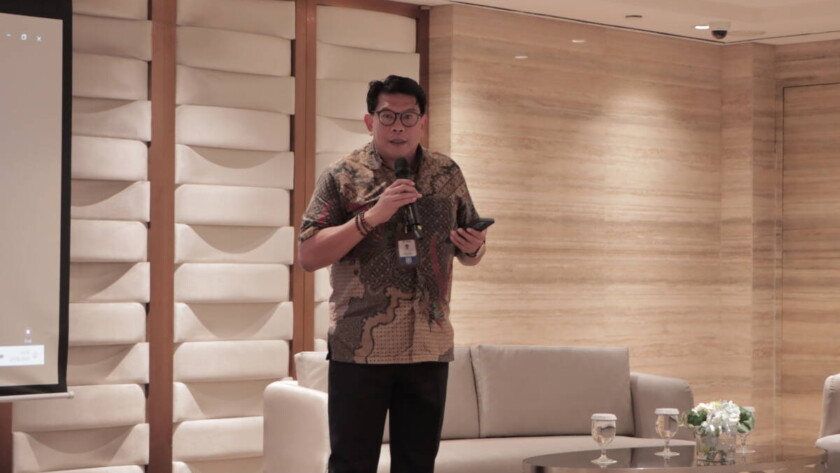Shanghai, 13 Juni 2025 - Institute for Essential Services Reform (IESR) memandang sebagai pemimpin dalam teknologi energi terbarukan, China memiliki pengalaman yang sangat berharga bagi Indonesia dalam upaya mencapai target transisi energi. Direktur Eksekutif IESR), Fabby Tumiwa, menyatakan bahwa Indonesia dapat memanfaatkan keahlian China, terutama dalam hal investasi, pengembangan kapasitas infrastruktur, dan teknologi energi terbarukan. …


